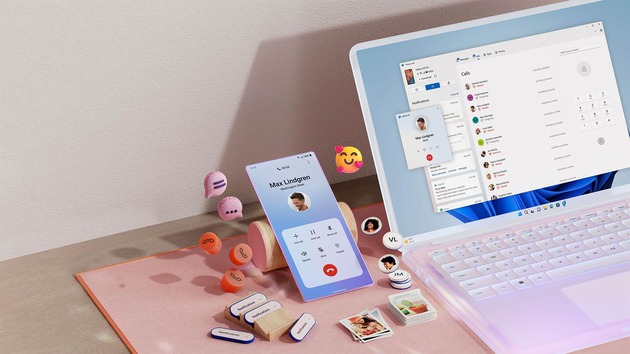Learn Windows 8 Basics To Avoid Calling Microsoft Windows Support
Numerous users have found that upgrading to Windows 8 is more difficult than previous upgrades. To speed up the transition for you, try to learn some fundamentals before contacting Microsoft Windows support.
The absence of the conventional Start button in Windows 8 is one of the first things brand-new users notice. Although Windows 7 only had a logo in the lower-left corner, it worked very similarly to earlier versions of Windows. Rather than a “Start button,” Windows 8 has a Start screen.
Many of the features of the Start menu in earlier versions are still present on the Start screen. Instead of being a menu in the lower-left corner, the main difference is that it is its own screen. You can access this screen by clicking the Windows button or by moving your mouse over the word “Start” when it appears in the lower-left corner. By pressing the Windows button once more while on the Start screen, you can return to the last app you were using.
Additionally, Windows has a Simple Start menu that you can use to quickly access system management programs like the Control Panel. By pressing Windows-X, you can access this menu.
The fact that Windows 8 runs two different kinds of “apps” is another thing that causes confusion for new users. The apps on Windows 8 are very similar to those on a smartphone. If you do not already have these, you must download them from the Microsoft Store.
The conventional software that we are used to seeing for Windows PCs is the second category of apps, or “desktop apps,” as they are known by Microsoft. These are offered in a variety of stores and are available for purchase and download in the same manner as software from earlier versions.
Before contacting Microsoft Windows Support, check out the Windows 8 apps.
Numerous preinstalled apps are included with Windows 8, including Mail, Messaging, Calendar, and Photos, all of which are fairly standard. The early Windows 8 release was unable to combine multiple email accounts into one, including POP mail accounts. Mail is able to do this. Your photos can be edited, but Photos can organize them and make slideshows.
If the Music app is too confusing for you, Windows Media Player is still available as a desktop application. The Music app lets you buy and play music, including free streaming music. You can assemble all of your social media accounts into one location using the People app.
Despite having a high definition resolution, Windows 8’s default text size on the desktop may be too small for some users. Anywhere on the desktop can be quickly fixed by right-clicking and choosing “Screen Resolution.” You have the option of either enlarging the entire screen, which is useful when using the touchscreen functionality, or just the text.
It can be challenging to navigate while you’re learning a new operating system. Windows-C, which displays the Charms bar with five icons for crucial system features, including the Settings icon for Windows 8, is another significant one. Unless you are already in the desktop, Windows-D will take you to the empty desktop. The last app you were in will then toggle back.
The Settings menu, which can be used to shut down the system, is displayed when you press Windows-I. You can visit pcworld.com for a comprehensive list of additional hotkeys.
These are some fundamentals that can aid in your beginning. A computer tech support company that offers Microsoft Windows support can still assist you if you’re still unable to solve the problem on your own.









